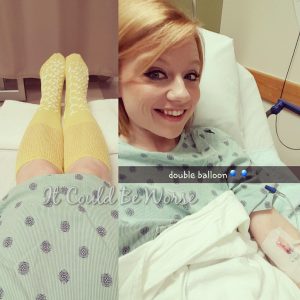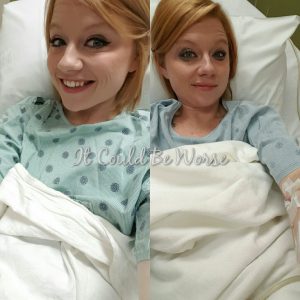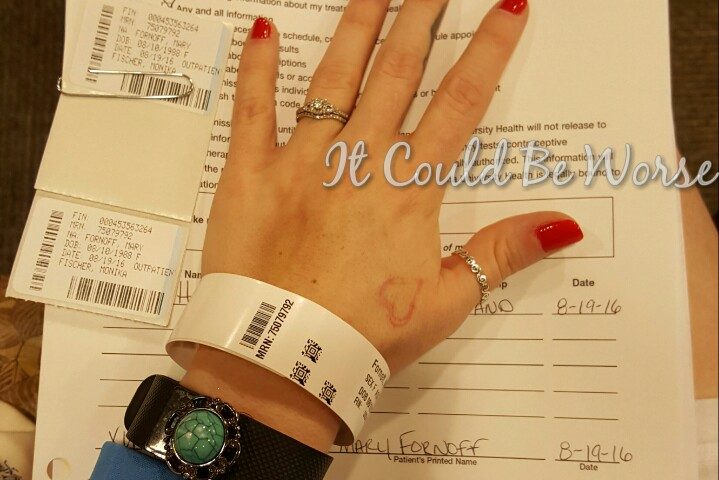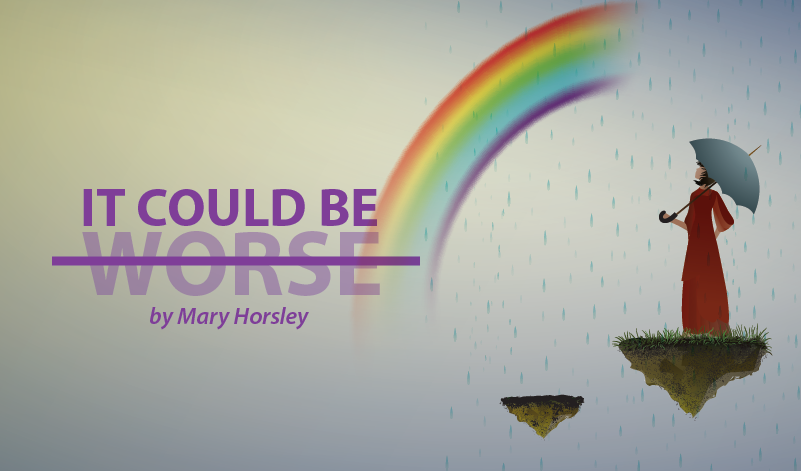Editor’s note: This is the third in a series of columns by Mary Horsley about IBD-related procedures. Part one and part two are also available.
Continuing with my “Scope Series” theme, the next procedure I am writing about is a “double balloon endoscopy.” To give you a little insight as to what the procedure entails, it is a more specific-type endoscopy, complete with anesthesia and preparation, as previously discussed for these scopes.

Like other scopes, the endoscopy or colonoscopy, the dreaded food fasting is required. This is almost always required because food and waste block the scope view, and items in the bowel can be misdiagnosed as something worse.
For the double balloon endoscopy (DBE), no dinner the night before and no liquid beyond midnight if you have the top-down procedure. If you are having the bottom-up, you will have to fast the whole day prior to make sure the scope can see far and clearly. Because there’s much more area to be seen, this can take longer than the normal scopes. Rather than 15-20 minutes, it can take more than an hour.
The DBE allows further investigation of the small bowel and colon, which often is unseen without a pill capsule endoscopy or DBE. These procedures are a major help in diagnosing hard-to-reach small bowel Crohn’s disease.
The DBE uses an inchworm-style movement, with two balloons creeping through to the small bowel. One scope tube expands into another, longer scope, allowing investigation of hard-to-reach areas.
My specific inflammation and ulcers were right on the cusp between where the top-down and bottom-up could reach; it was small bowel Crohn’s with hints of inflammation throughout. We had hoped that by doing the top-down route, instead of the bottom-up route, that we would see more areas for biopsies. Alas, my DBE was a bust. The doctor had suggested bottom-up for the next one, if there was a next one, as the top-down was not helpful in my case for finding inflammation, or taking biopsies.
I woke up extremely thirsty and in addition to the scope. I had had a dreaded accident on myself, so I had to be changed before I woke up. I went in with a green gown, I woke and the gown was blue. I figured people would notice the gown color difference in my before-and-after photos, so I figured I might as well put it all out there. Accidents happen with Crohn’s sometimes.

When I woke up completely after my DBE experience I awoke in some gut-wrenching pain. If you’ve ever had anesthesia, you know what I mean by saying “woke up completely.” You usually wake up and go back to sleep a few times before you get completely lucid.
The air that is pumped into your stomach, and the scopes moving around for more than an hour is no joke; it is extremely painful, and the pain can last for days after the procedure.
I was given medication to help with the stomach irritation and pain while I was in the recovery room, and I was finally able to have some ice water.
In the next “Scope Series” column I’ll discuss my emergency surgery for a perianal abscess that later led to a fistulotomy, both of which are painful procedures brought on by Crohn’s disease.
Because for me, It Could Be Worse.


